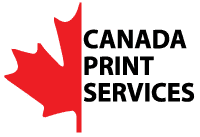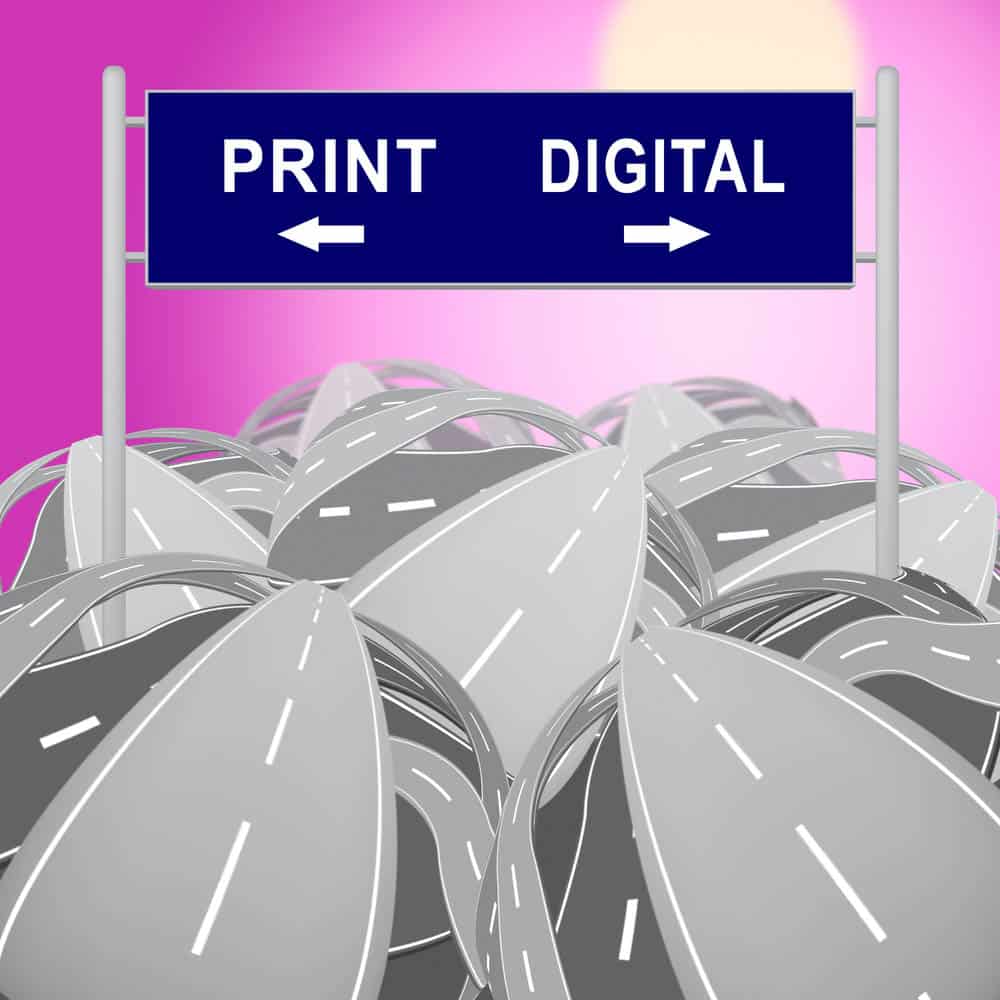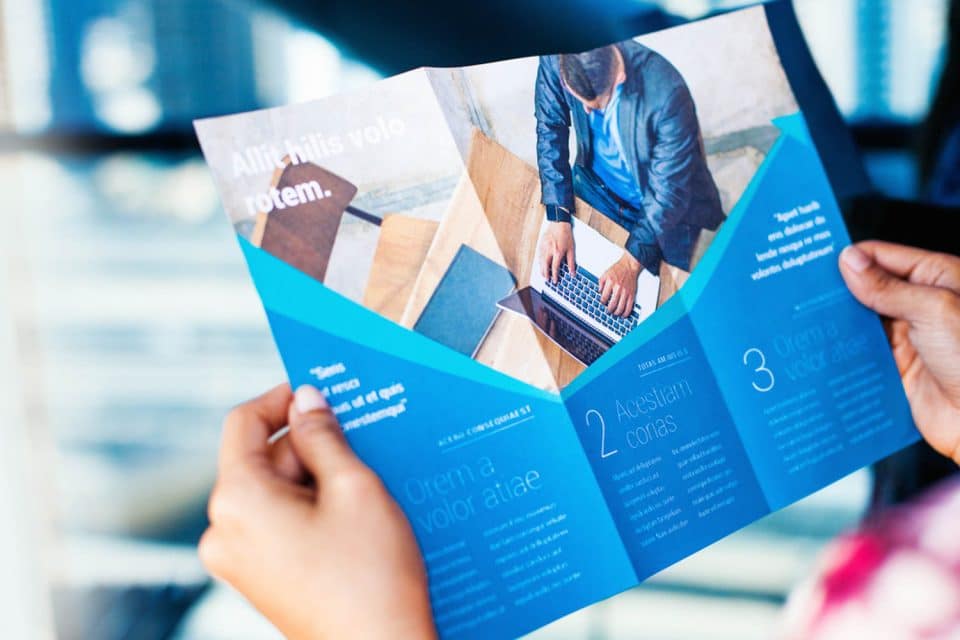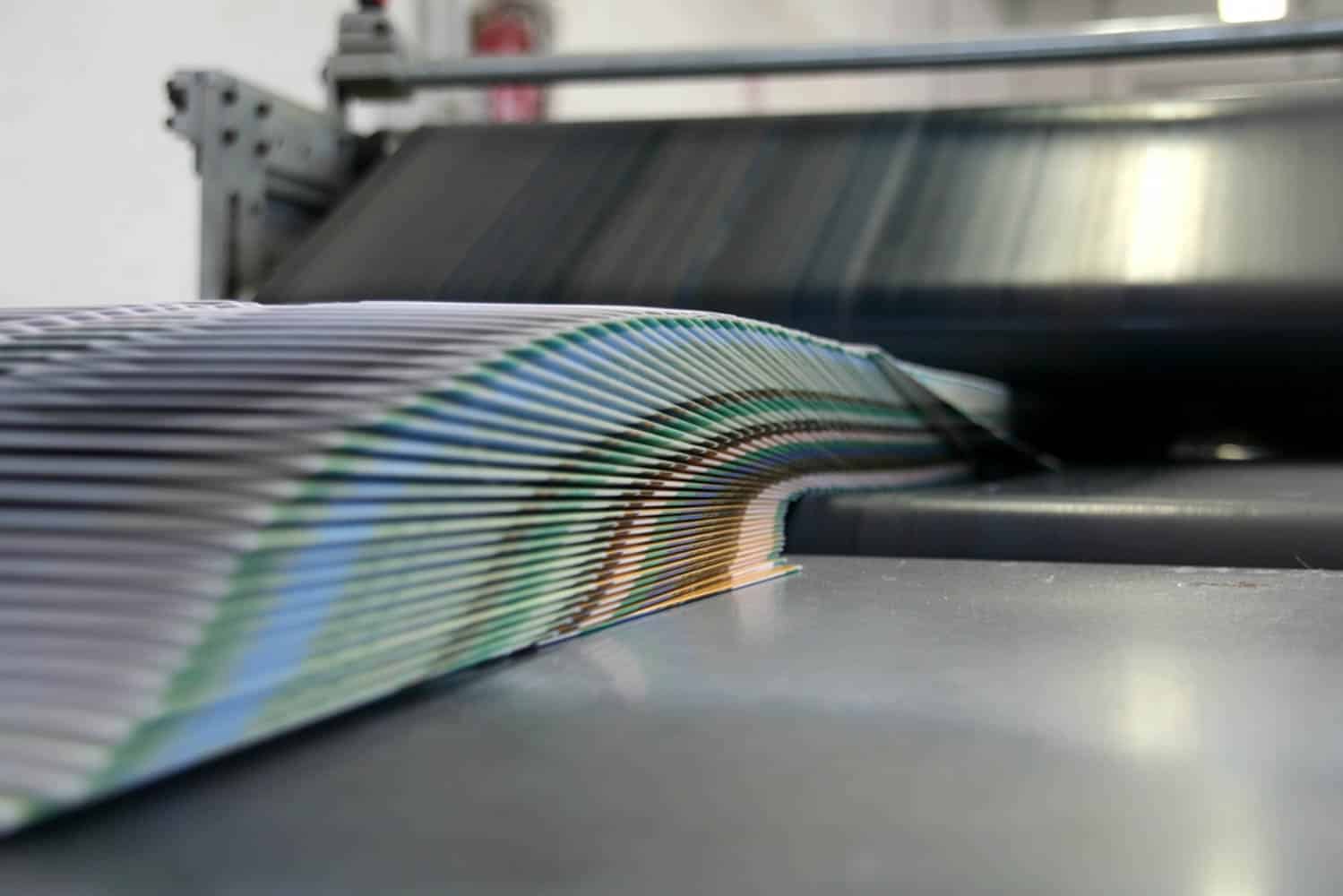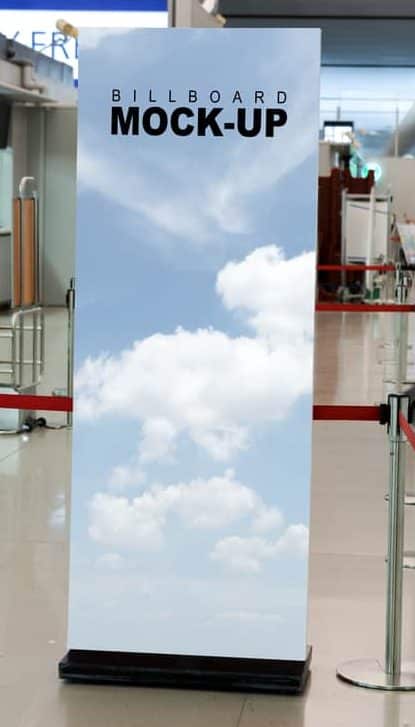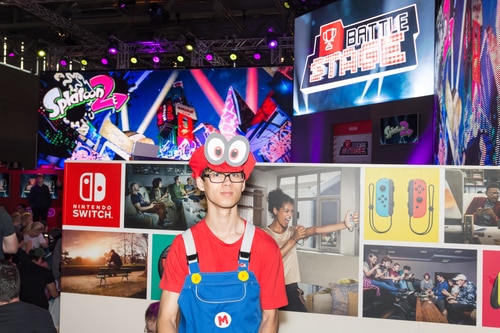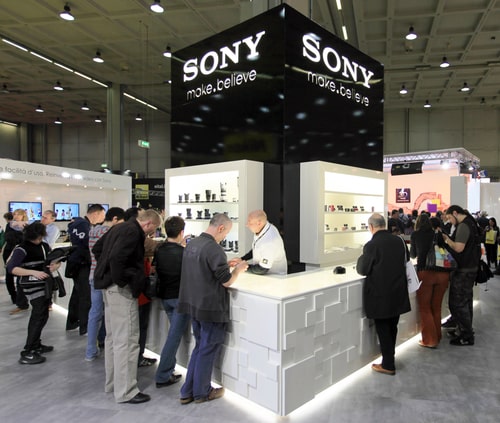
How does digital printing work? It’s a process where you are pressing an image from a digital source into print media. You can do this by sourcing the image from a computer, flash driver or even from your phone. Most businesses would have their designs ready on office computers to be printed digitally.
Digital pressing means working with a program where you can produce the designs you need. You can adjust the orientation of the design, the layout, as well as the type of colours to use. It’s also possible to adjust the printer to press on two sides.
If the program you’re using is connected to your printer, you can select commands before the final output gets printed. Your printer processes the information and digitally pints the final image according to the data you input.
What Is Digital Printing?
When pressing digitally you will either use inkjet or laser printers. What’s the difference between these two types? With an inkjet printer, you are using real ink that places small ink droplets on the paper you’re using. The colours are vivid and you’re met with an astounding quality of the copies. If there’s one con about these printers it’s that they are quite slow with pressing.
Compared to inkjet printers, laser printers on the other hand are faster. They use their laser mechanism plus electromagnetism to create copies of documents. The laser traces the image on a ready electromagnetic canvas. The toner’s electrically charged particles then attach themselves to the canvas.
Only laser printers make use of toners which is better for them since they can produce more compared to ink. When you need to press a huge amount of documents or marketing materials, you can save more time and money with laser pressing.
Steps on How Digital Printing Works
Just how does digital pressing work? Below is a step-by-step process that tells you how the pressing begins and ends. One thing to remember is that your design should be pressed in the CMYK format and at least 300 dpi if you want it to come out in its best quality.
1. Designing Your Campaign Material
Depending on what your company works with, you can either design your pressing material yourself or hire somebody else to do it. If you have a publishing department, they will know how to prepare the design to be print ready.
However, you can also ask your design team to create their designs on a press-ready canvas. It’s easy to do these adjustments with digital programs used for digital pressing. You can change the size, layout, as well as the resolution of the prints you want to produce.
Usually small to medium businesses tend to outsource their publishing jobs for marketing or promotional materials. You can trust that these publishing companies will know how to adjust your design to fit the criteria of print ads that you’re looking for.
2. Submission and Preparation of Your Design
Once your final design is done, it’s time to submit it to the publishing company of your choice. You will need to discuss the outcome of the design if you want a more specific image to come out. Many publishing companies are open to meetings and discussions before concluding how the design will be pressed.
Once you and the publishing company have agreed upon the final output and the cost, it’s time to press your design. Usually, the machines are cleaned and inspected, especially after undergoing at least a hundred presses non-stop. The ink and the right amount of colours are also prepared so that the pressing is continuous and seamless.
Maintenance and checks are very important for big pressing machines. It’s because the company wouldn’t want any risks of mistakes happening. That’s because huge mistakes can come from a simple problem during pressing, and that costs plenty of money and time spent.
3. Dealing With Waste Ink, Cleaners and Temperature
Some people might think that leftover ink is good because you won’t have to use new ones. In publishing companies, this is not the case. These are called waste ink and they should be replaced with new ink for better press output.
Once the cleaner container has low levels, it is also replenished. Cleaners are vital to the pressing process because it is used every time the machine stops and restarts to work again. The cleaner shouldn’t run out so that the printer heads wouldn’t be damaged.
Apart from the ink and the cleaner, the temperature is also continuously monitored throughout pressing. Usually, bigger machines need at least 20 and 25°C to operate normally. Avoid working in hotter or colder conditions as this will also damage the printer heads.
4. Printing Out the Image
Once the machine is ready, your image is ready for digital pressing. There are pallets designed to hold down the paper or material on which your design will be pressed. Publishing companies will use different sizes depending on which one will fit with the design size you choose.
The material used should be laid out on a flat surface or board to avoid creases. What’s important in industrial publishing is that the design comes out seamlessly and without any distortion.
Your digital printer then begins to move the print heads and start pressing over the material. The design is carefully sprayed on the material as it moves toward the next line. Depending on the size of your design, bigger pressing jobs will take longer than smaller ones.
5. Reviewing the Print
Once the job is complete, the pallet is carefully emptied of the published material. This is done slowly and carefully so as not to damage both the machine and the machine itself. Mostly, the ink is still wet and shouldn’t be touched immediately.
There are usually huge dryers for bigger presses that are used to dry out the ink. These dryers use appropriate temperatures to ensure that the ink is dry and sticks to the material after pressing. Aside from pressing in high resolution, it’s also important for publishing companies to ensure that the ink stays on the material.
After that, quality checks come in to inspect the design. They will look into all the details of the design, such as the quality and the accuracy of the product to the original design. They will also try to check if there are any mistakes or errors needed to be changed in the design.
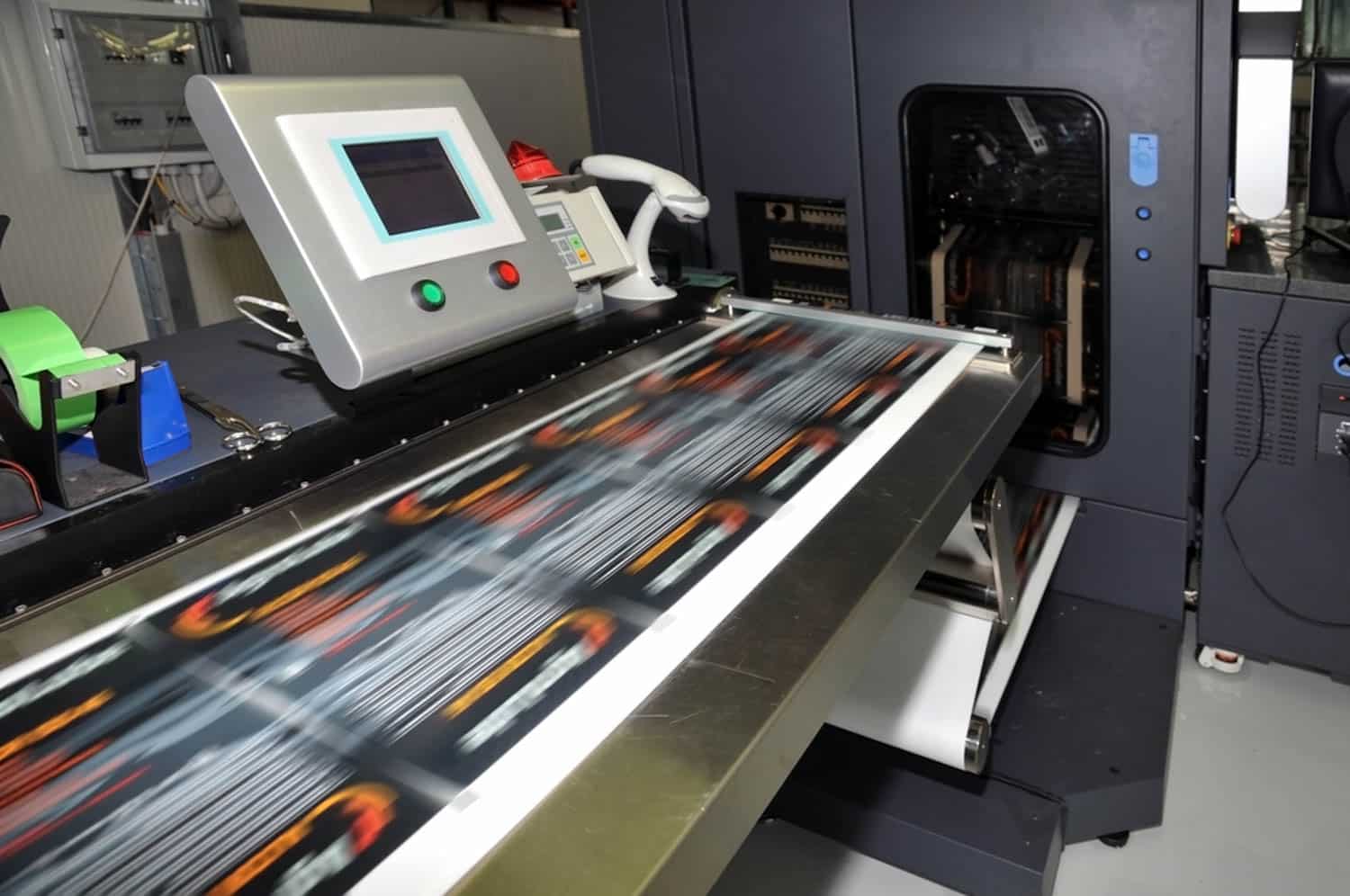
Does Your Business Need Digital Printing?
Through digital pressing customizing designs and editing it is easier and faster. Many companies need to change or update their designs depending on the promotional campaigns they’re working on. With digital prints, you can create many different versions of your campaign ads.
Compared to offset publishing, digital pressing allows you room for changes without using too much time or money. You will have lesser preparation work done and have a faster printing period. The flexibility of digital pressing enables SMEs to be more flexible and creative with their print materials.
Not all SMEs can afford large-scale production of their published materials. That’s why many smaller companies rely on digital pressing which could produce high-resolution prints at reasonable prices. Now that your question on “How does digital printing work?” has been answered, it’s time to start preparing your designs.
